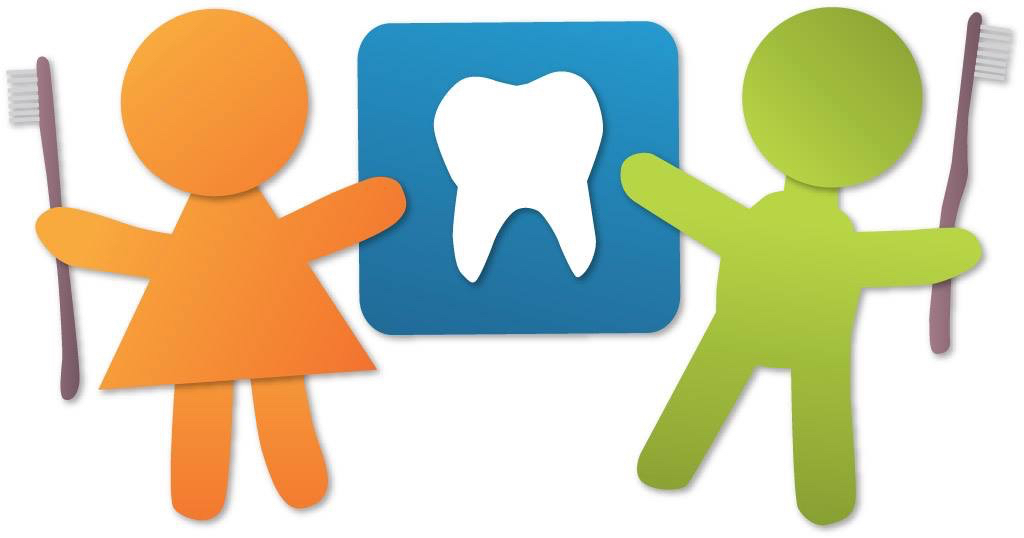What is nitrous oxide?
A combination of Nitrous Oxide and Oxygen is used for a fearful child to alleviate anxiety and also provide analgesia.
It is important that your child remain calm and still during dental treatment to prevent injury to your child or a dental staff member and to receive the highest quality of professional dental care. Nitrous oxide/oxygen analgesia may be beneficial in helping your child if he/she is afraid, uncooperative, or too young to understand dental treatment. It is also very beneficial for very long and complicated dental treatment visits.
The following information will help you to understand conscious sedation with the use of a
combination of nitrous oxide and oxygen gases for safe analgesia:
- it is safe because your child remains awake, responsive, and breathes on his/her own without assistance
- much more oxygen is given than what we breathe in normal room air ... this provides a wide margin for safety
- nitrous oxide/oxygen is breathed through a small mask placed over your child's nose ...
dental treatment is more comfortable and time seems to pass faster for your child if he/she is relaxed - sometimes nitrous oxide is known as "laughing gas" because some patients become so comfortable and relaxed that they will laugh
- on the day of the visit, no dairy products should be given prior to the visit. No food or drink should be given to your child for three (3) hours before treatment
- a local anesthetic is given to numb the areas that are to be treated, making the procedure more comfortable for your child
- your child is awake and sometimes will remain very relaxed after the dental treatment
Doctor Wang, Doctor Perea-Corkish, Doctor Gerodias and the other Doctors of Discovery Pediatric Dentistry make no warranties, expressed or implied, as to any results to be obtained from use of the information on this page. We cannot diagnose or treat patients over the Internet. Information on this site is for educational purposes only. You should not rely on this information as a substitute for personal, medical, and/or dental attention or diagnosis. Without all available information about a patient, it is impossible to make a diagnosis. Help and answers are in the form of general ideas. Only you, your dentist, and other necessary and qualified health care providers can make an appropriate treatment decision in an emergency or for everyday care and dental treatment.
